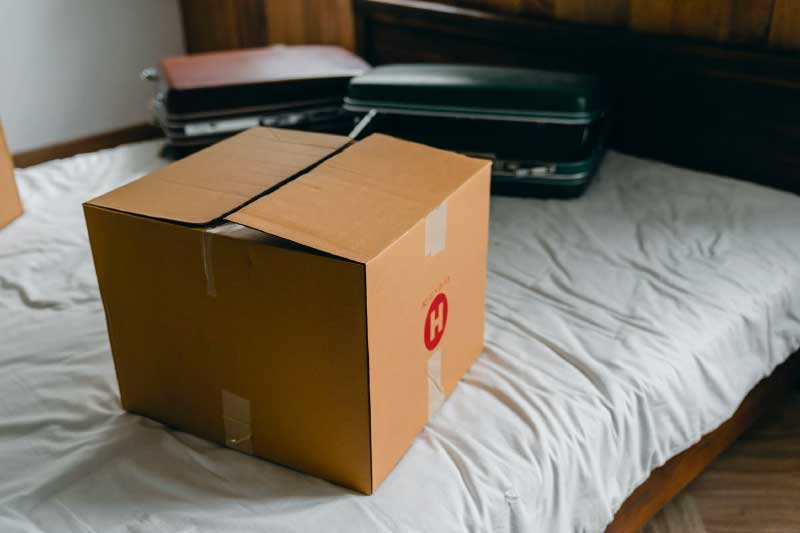Efficient packing is a crucial aspect of a successful move, but many overlook it when planning their big step. Properly packed boxes must be sturdy, prevent items within from shifting, and must not be overfilled. However, in the rush to finish packing, there is a high likelihood of not paying close attention to such factors. Improperly packed boxes are usually due to oversight, lack of information, or rushed moving. Considering that the average cost of moving ranges from $1,250 to $4,890, it’s crucial to avoid any damage to your things. It all starts with identifying if your boxes are packed wrong. Here are three tell-tale signs.
- Overfilled or underfilled boxes

Overfilled boxes are challenging to close or seal before moving to the new location. But why do some people overfill these boxes when a better option would have been to have more of them on hand? People often try to reduce the number of boxes to lighten the packing burden. The fewer the boxes, the better and quicker the packing seems to be. Unfortunately, this is not ideal because overfilled boxes become too heavy to carry or convey from one point to the other. If the material is of poor quality, the box may be prone to breakage, defeating the purpose of efficient packing. On the other hand, although underfilled boxes seem easier to handle, they present different problems for you and the movers. Failing to fill boxes to capacity causes the items within to shift, leading to potential damage in transit. If this proves too challenging, consider working with moving companies to secure your boxes. All it takes is a little careful planning to get it right. Start by aiming for balance; in other words, fill your boxes to their required capacity. Protect the interior portions with bubble wrap, packing paper, or foam peanuts.
- Inadequately and improperly marked boxes
Inadequately labeling your boxes will make it challenging to identify which item is in each, lengthening the unpacking process. Not marking your boxes can also frustrate the moving professionals helping you, as they won’t know where to place each one, often leading to mix-ups that defeat the purpose of what should have been a successful move. The tip is to label each box with a correct description of its content and where it should be placed. For example, clearly label ‘kitchen’ on the right boxes and indicate which ones contain breakables. It helps to keep an inventory of your boxes on your smartphone to simplify tracking and identification when you arrive. You can also write the inventory on a paper or book, but since you may lose them during the loading process, going digital is always more advisable.
- Failing to identify heavy and lightweight boxes

A leading cause of moving injuries is the failure to properly identify heavy and lightweight boxes. Heavy items like some kitchen appliances and a fully packed box of hardcover library books can look deceptive to whoever must move them. Additionally, heavy boxes must be placed in a specific position to prevent causing damage and avoidable injuries. That is why some boxes are marked with an arrow to indicate item direction and position.
Have you ever picked a boxed item thinking it was light only to realize it’s heavy? The opposite is also common during the loading and offloading stages of your move. The aim here is to reduce the increased risks that such situations pose. Learn to distribute weight evenly in all your boxes to make them manageable for everyone involved in the moving process.








